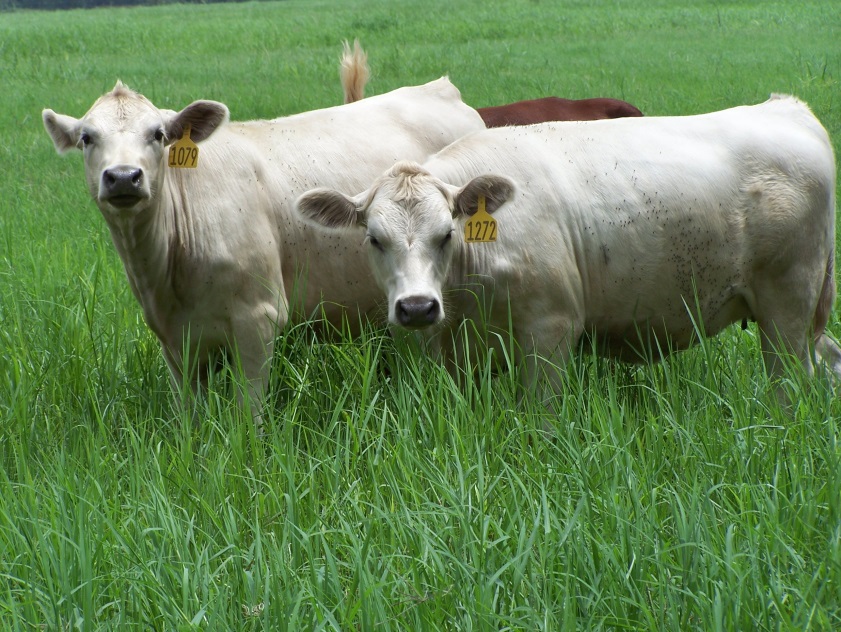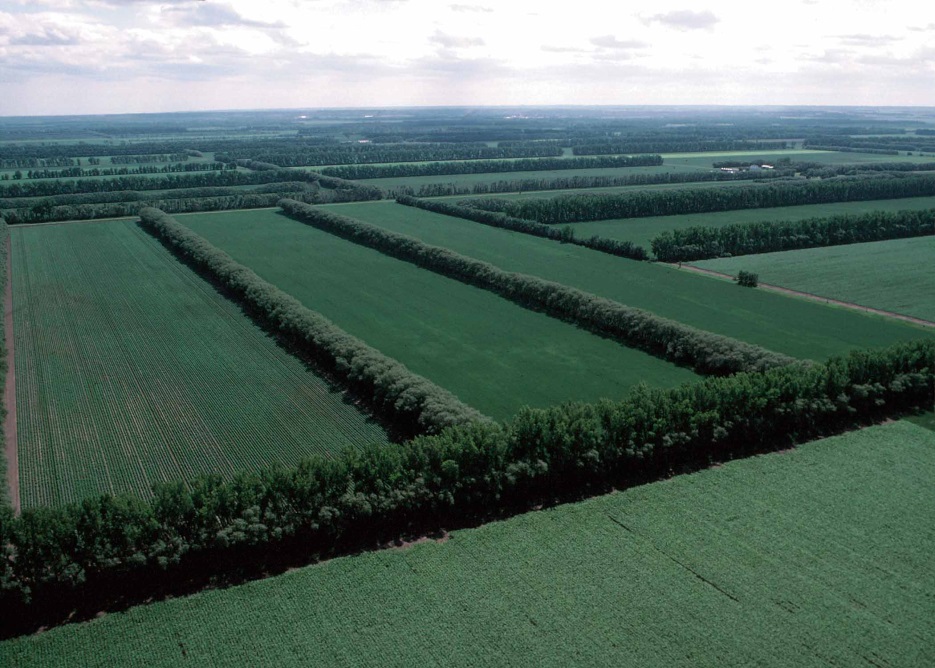Climate variability is considered as a combination of the long-term year-to-year changes in weather patterns, precipitation amounts, and average temperatures. While there are several reasons as to why these environmental factors fluctuate, there are numerous management practices that can be employed by Algoma farmers to increase the environmental and productive stability on their properties.
How to prepare for variability and change?
While it is possible to predict the weather to some extent, it becomes a much more challenging task to determine if the current year is going to have an early or late winter, with or without heavy precipitation, and have above or below seasonal temperatures.
In order to best mitigate the effects of extreme weather and seasonal conditions, it is the responsibility of each individual landowner to know the lay of their land and how it behaves under a variety of conditions. The best approach to gain this knowledge for new landowners is to simply walk the property; walk the property after heavy rains to learn where the water will tend to accumulate; walk the property in the height of a drought and observe which plants are doing well.
Begin keeping an observational journal of the walks about your property, the information and insight gained when you revisit these logbooks during the year will help you two-fold; one, to make to make better decisions in the long-term use of your property, and two, to gain a better understanding and appreciation for your land. Make sure to include observations on how your production inputs/outputs such as fuel and feed are consumed.
Annually, take the time and reflect on the observations made six months past, and begin to think how they will apply six months into the future. With time and practice, you will see how these actions will help you to discover the natural workings of your own lands. In the context of environmental variability, you will begin to be able to answer the following questions specifically, and for your own property:
- How well adapted is your land to handle environmental stresses? E.g., extra fields for feed production during drought
- What practices, plans, infrastructure, or actions can you yourself do to help your land better tolerate stressful situations? E.g., plan where and what crops to plant based on the lay of the land
- Where is the most attention required on the property, and how does this affect your businesses productivity? E.g., underperforming pasture due to compacted soil.
Never stop learning1
The internet is a powerful agricultural tool; however, it is as much a university education as it is a distraction. There are literally thousands of articles written on agricultural subjects ranging from best-planting soil temperatures for soybean, to how to breed white Angus, to practices on how to best manage a cattle operation effectively. However, a word of caution: most of that information will not be applicable to your own business and lifestyle needs, and a one-size-fits-all best-practice developed in Idaho probably won’t fit that well where the weather is concerned. It’s a good approach to be open to new ideas, and even better to be willing to adapt them to your own needs. The success of any farm business is in making the best of the context of your land’s productivity.
Keeping the advantage2
A significant amount of progress was made in agriculture in North America after the dustbowl crisis of the 1930s; a period when a combination of poor agricultural practices and severe drought were destroying the North American agricultural industry. The farming solutions which were produced from this era were focused on restructuring agricultural practices and implementing plans to rebuild and mimic natural processes, this included the planting of trees and adopting anti-erosion techniques into practice. What practices like strip farming, contour ploughing, terracing, and maintaining trees for windbreaks did was to improve soil conditions by 65% by 1938 (See research notes: Extend your Grazing Season, and Keyline Subsoiling:
What, Why, and How). Nature itself is wonderfully resilient, and these dustbowl practices worked incredibly well together because they fostered ecological stability onto the land on which they are used. These on-farm techniques will help to provide environmental stability for your property and business in both good and bad years.
Resiliency and stability on the farm2
Windbreaks on a farm were essential to the slowing of the erosion. one of the first actions taken to combat the dustbowl of the 1930s was to plant millions of hectares of trees in windbreaks. Not only do trees as windbreaks stop soil erosion, they increase average field and soil temperatures (i.e., microclimate production), and help to manage excess water – activities which help to create a better and longer growing environment. Livestock producers too can benefit from windbreaks surrounding pastures, as warmer temperatures enhance forage growth, and animals are less stressed because they are less exposed to inclement weather. The incorporation of trees as pasture and field edging allows for the cycling of deep-soil nutrients that smaller crop and pasture plants would not normally have access to. If you are planning on clearing land, consider the advantages of leaving trees standing around the perimeter.
1. http://beefmagazine.com/blog/genetic-accident-produces-white-angus
2. United States. Agricultural Adjustment Administration and Murphy, Philip G., (1935), Drought of 1934: The Federal Government’s Assistance to Agriculture”. Accessed October 15, 2014.).
Author: Jordache Boudreau


